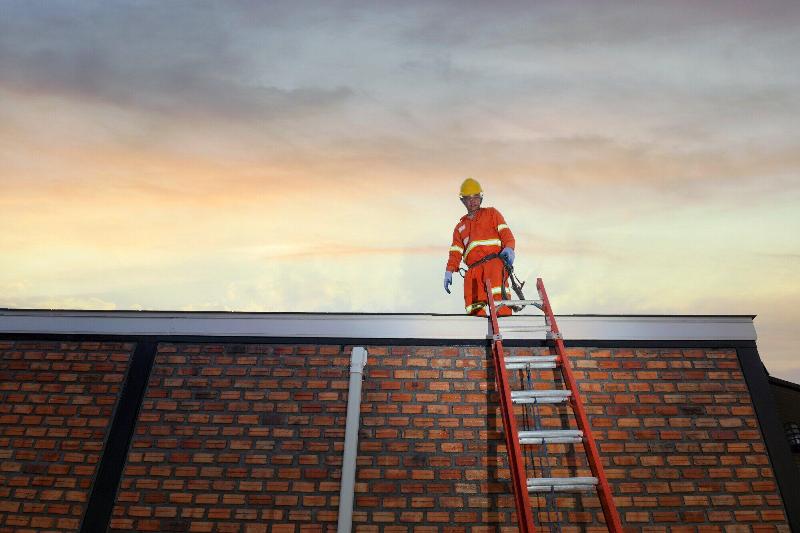A severely damaged roof can cause serious headaches for homeowners. The idea of a roof replacement may seem daunting, but the peace of mind it brings is worth the investment. Beyond recognizing the need, it’s important to understand the factors that impact the cost-knowing these can make all the difference in your planning.
From the type of material to the size of your roof and even local labor rates, several elements play a role in determining the price. With the right knowledge, you can be more prepared to make an informed decision that suits both your needs and your budget.
Ready to dive into what impacts roofing costs and how to plan your next steps? Read the full article to learn more!
1. Type of Roofing Material
The choice of roofing material significantly impacts costs. Materials like asphalt shingles are generally less expensive, ranging between $90 and $100 per square. In contrast, premium materials such as metal roofing or slate can cost upwards of $400 per square.
It’s important to balance your budget with the longevity and durability of the material used; investing in a higher-quality option may save you money on repairs in the long run.
2. Roof Size and Complexity
The overall size and complexity of the roof design will influence the total expense. A larger roof obviously entails more materials and labor, increasing costs. Additionally, roof complexity, including peaks, valleys, or multiple stories, requires skilled installation and extra rooftop safety precautions.
Therefore, simple, single-slope roofs will typically cost less than multi-faceted designs.
3. Labor Costs
The cost of hiring a qualified roofer varies by region and experience level. On average, labor costs may range from $50 to $150 per hour. However, investing in an experienced roofer is critical for ensuring quality installation-a poorly installed roof can lead to more extensive issues and costs down the line.
Always check reviews and consider getting multiple quotes before making a decision.
4. Location and Accessibility
Your geographical location plays an influential role in the cost of roof replacement. Areas with a high cost of living usually have higher labor and material costs. Furthermore, if your home is in a densely populated area or on a steep lot, the labor costs may rise due to accessibility challenges.
Local building codes and regulations may require homeowners to obtain special permits for roof replacement, which can add to the overall cost. These permits ensure that the installation meets safety and quality standards specific to the area, helping to avoid future issues. Failing to comply with these codes can result in fines or additional expenses if modifications are needed later.
Planning Your Roof Replacement: Key Factors and Tips for a Severely Damaged Roof
Replacing a severely damaged roof requires careful planning. Key factors like material, size, design complexity, labor, and location all impact your overall cost. By understanding these, you can budget more effectively for a roof that’s durable and built to last. Consulting with a qualified roofer ensures you’re making an informed choice suited to your home and needs.
For more insights on budgeting and choosing the right roof, check out our blog for expert tips and advice!
